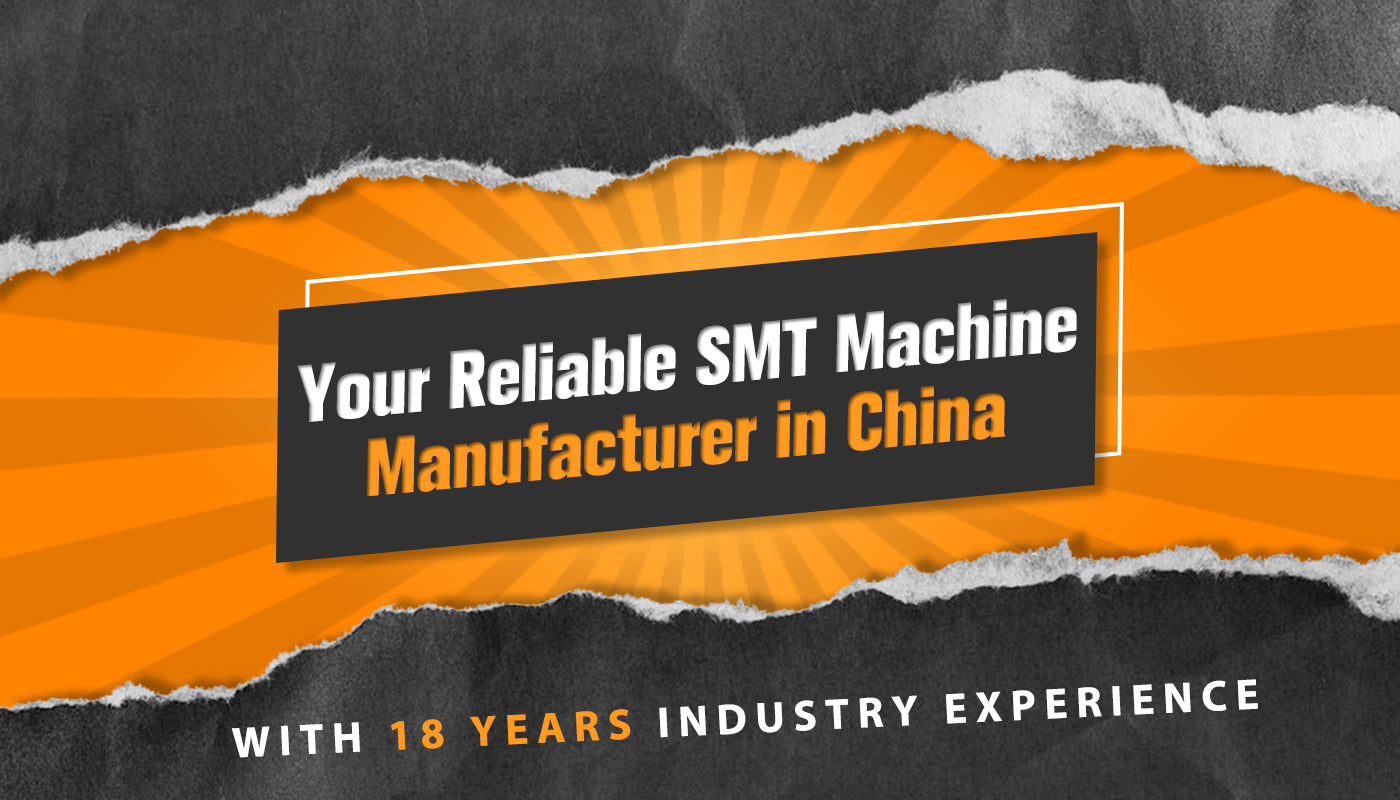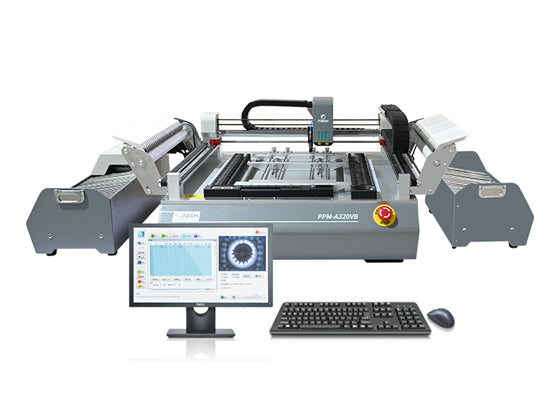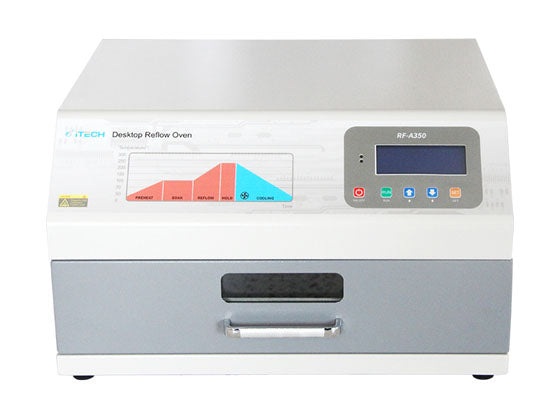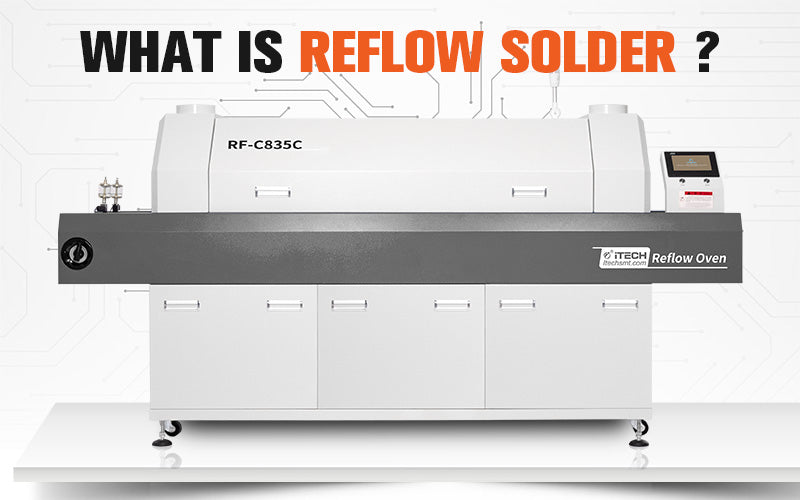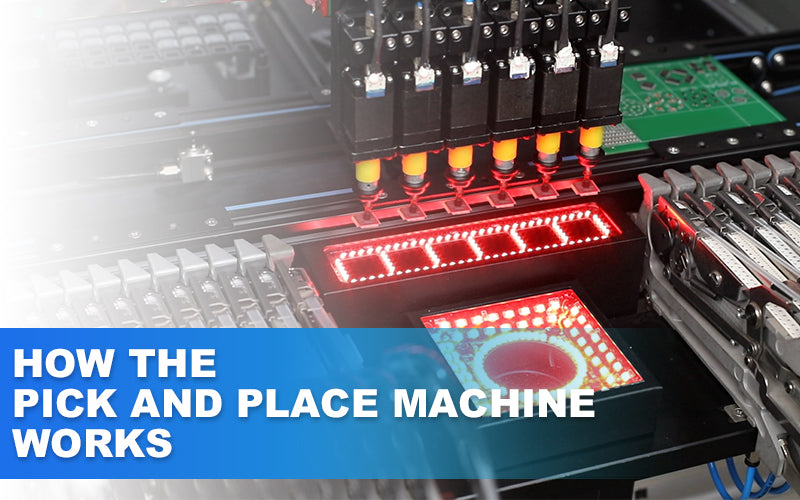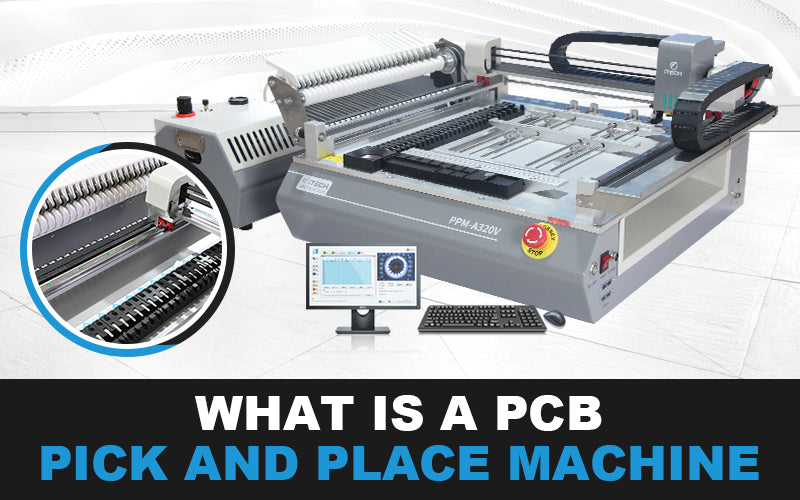An SMT reflow oven is a crucial piece of equipment in the surface mount technology (SMT) assembly process. It is used to solder the components onto a printed circuit board (PCB) by heating the board to a specific temperature profile that melts the solder paste and creates a reliable electrical connection.
Here's how an SMT reflow oven typically works:
-
Conveyor System: The PCBs with solder paste and components are placed onto a conveyor system, which moves them through the reflow oven in a controlled manner.
-
Preheat Zone: The conveyor carries the PCBs into the preheat zone of the reflow oven, where they are exposed to a relatively low and uniform temperature. This preheating stage ensures that the entire PCB and components reach a stable temperature, minimizing thermal shock during subsequent heating stages.
-
Thermal Soak Zone: After preheating, the PCBs enter the thermal soak zone. In this zone, the temperature is raised to a higher level, typically between 150°C to 180°C (302°F to 356°F). The PCBs remain in this zone for a specific duration to allow the solder paste to fully liquefy and form reliable solder joints.
-
Reflow Zone: Once the thermal soak stage is completed, the PCBs enter the reflow zone. Here, the temperature is raised further, typically between 220°C to 250°C (428°F to 482°F). The increased temperature ensures that the solder joints achieve complete reflow, resulting in optimal wetting and intermetallic bonding between the components and PCB pads.
-
Cooling Zone: After the reflow process, the PCBs move into the cooling zone, where the temperature is gradually reduced. This controlled cooling helps prevent thermal stress and ensures that the solder joints solidify uniformly, improving their mechanical strength and reliability.
-
Conveyor Exit: Finally, the PCBs exit the reflow oven, completing the soldering process. They are then ready for further inspection, testing, and subsequent assembly steps in the manufacturing process.
Key Features and Considerations:
-
Temperature Profile Control: Reflow ovens offer precise temperature control through multiple heating zones, allowing manufacturers to create customized temperature profiles to suit different solder pastes, components, and PCB designs.
-
Atmosphere Control: Some reflow ovens provide the option to control the atmosphere inside the oven, such as by introducing nitrogen gas. This can help reduce oxidation and improve solder joint quality, particularly for sensitive components or lead-free soldering processes.
-
Conveyor Speed Control: The speed of the conveyor system can be adjusted to optimize the soldering process, ensuring proper heating, adequate time in each zone, and avoiding defects such as tombstoning or solder bridging.
-
Thermal Profiling: Manufacturers often use thermal profiling systems to monitor and analyze the temperature characteristics of the PCBs as they pass through the reflow oven. This data helps ensure process consistency, identify potential issues, and optimize the reflow profile for improved solder joint quality.
Overall, SMT reflow ovens play a critical role in achieving reliable and consistent soldering results in the SMT assembly process, enabling high-quality electronic manufacturing with increased efficiency and throughput.
